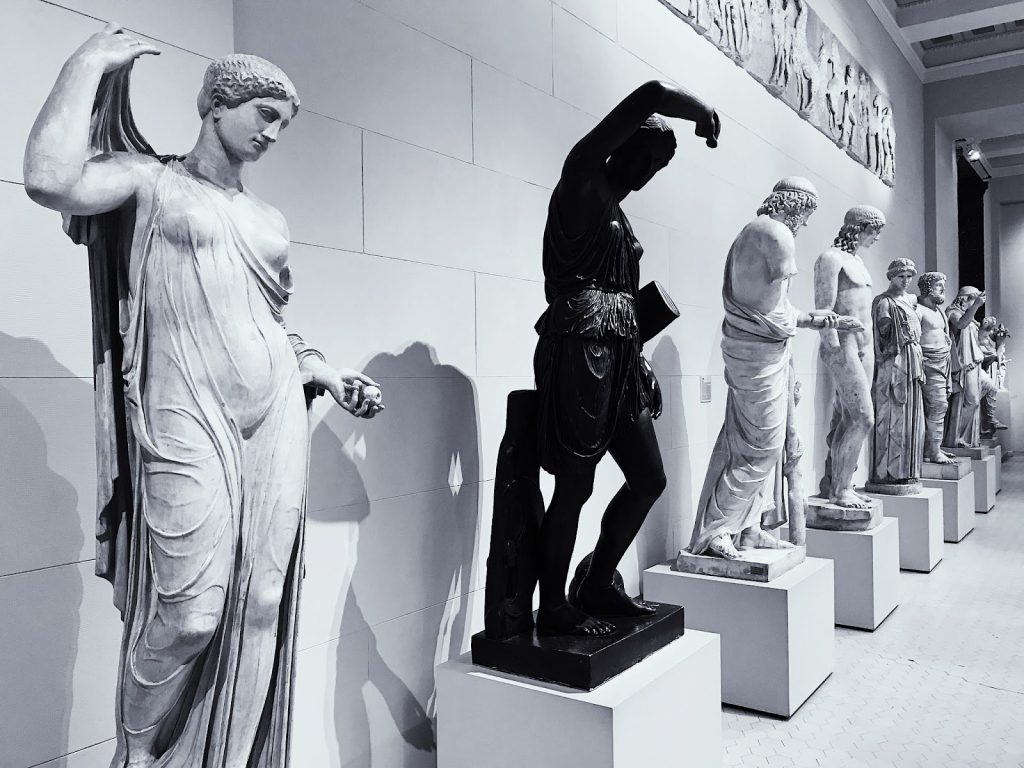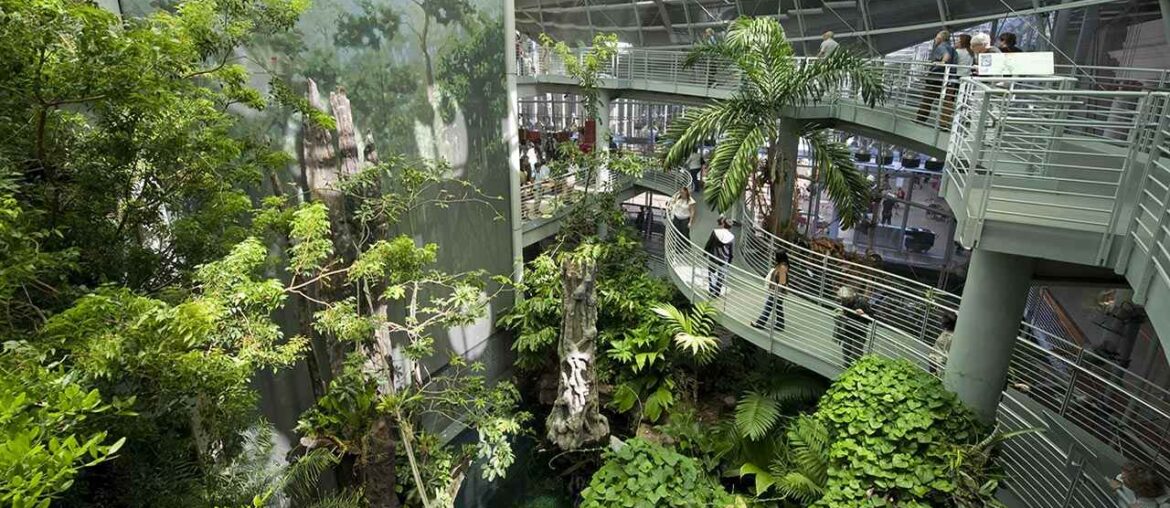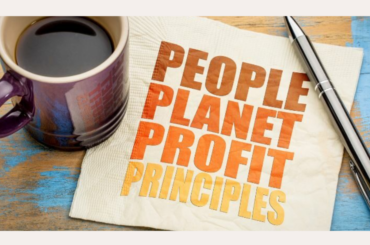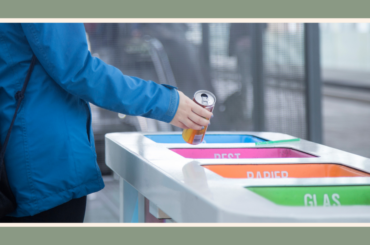Museums, according to the Code of Ethics, “improve the quality of life of everyone, both today and in the future.” As we can see, museums, too, serve the future as well as the present. This creates an undeniable connection between sustainability and museums. Acknowledging this connection, can museums be more sustainable in the future? We shall go into details in today’s article.
What Is a Sustainable Museum?
According to experts, a sustainable museum should concentrate its efforts on:
- Reducing its consumption as much as feasible.
- Implementing material recycling and reuse strategies.
- Utilizing effective environmental management systems.
A temperature of 70-75 degrees Fahrenheit (21-24 degrees Celsius), relative humidity of 40 to 45 percent, and maximum lighting of 150 lux are all ideal. These are the requirements for galleries when conserving artworks. Other museums, such as archeological museums, must provide various conditions to preserve items like skins, metals, and bones.
Museums that have previously overlooked energy efficiency are changing their practices and structures to coincide with sustainable development and climate change. Energy-efficient, sustainably maintained museums of the 21st century enhance public awareness of environmental challenges.
How exactly can museums be more sustainable?
Make a Sustainable Investment Plan

Many museums already have a sustainability strategy or plan in place, and this is the best place to start. The purpose is to lay out the museum’s objectives and the measures necessary to achieve them. Some companies may incorporate this into their entire business plan, while others will issue a separate sustainability statement.
To begin, it may be good to assess where the museum stands in terms of its long-term viability. This will assist it in determining where it should begin and what it can fairly achieve.
The first solution would be an energy audit. We can all make a difference and reduce our carbon footprint is becoming more energy efficient. This may also be a wonderful approach for huge organizations to save some unneeded expenditures. An energy audit provides a snapshot of the existing state of affairs. It can also assist in identifying the areas where making a few modifications could have the most impact.
Refurbish Sustainably
However, it is not always viable to construct a museum from the ground up or to refurbish it extensively. There are museums in Spain with immeasurable historical significance that must be repaired on a regular basis. This is where long-term renovation comes into play.
According to experts, in order for a refurbishment process to be long-lasting, individuals in charge must follow certain principles at all times:
- Waste created during the emptying and demolition processes must be managed responsibly.
- Using optimal material to have the least amount of environmental effect.
- Improving insulation to save money on energy.
- After the repair is completed, there will be ongoing maintenance.
Connect Sustainability to the Mission

Sustainability cannot be considered in isolation. It must become an integral part of the organization, aligned with its objective of serving the community. Museums “improve the quality of life of everyone, both today and in the future,” according to the Museums Association’s Code of Ethics.
Connecting museums to ecological aims do seem like a natural fit. One example of this is The Natural History Museum in London. It has become the first museum to establish a science-based carbon reduction objective, aligning with the Paris Agreement’s aims for mitigating global warming in the latest phase of its “Sustainable by Nature” strategy. By 2031, the museum hopes to have reduced its emissions by 60% compared to 2015.
The institution felt it couldn’t just stand by and let the biodiversity disaster unfold. It changed its purpose to create “advocates for the earth” as a result of the backlash.
When a museum connects sustainability to its purpose, it puts the problem front and center and considers it in all of its choices. It also signifies that more individuals in the organization are considering and discussing sustainability.
Administer Responsibly
Improving energy efficiency isn’t the only goal. A museum must be administered appropriately in order to be deemed viable. The business’s environmental commitment must be evident in all aspects of its operations, from board decisions to collection composition and staff behavior regulations.
A sustainable museum should concentrate its efforts on the following:
- Trying to cut down on its usage as much as feasible.
- Implementing material recycling and reuse strategies.
- Environmental management systems are being implemented.
- Being a platform for sustainable cultural creation, presenting the work of artists who are conscious of the social and environmental consequences of their work.
- Exhibitions and activities to raise public awareness of environmental, economic, and social sustainability.
- Promoting fair trade in its business venues.
In Summary
While it is a difficult endeavor, every organization has a responsibility to be sustainable as possible. This will contribute to the community’s, financial, and environmental well-being in the long run.
Museums may future-proof their operations for years to come by starting with those easy measures and focusing their purpose on sustainability.





